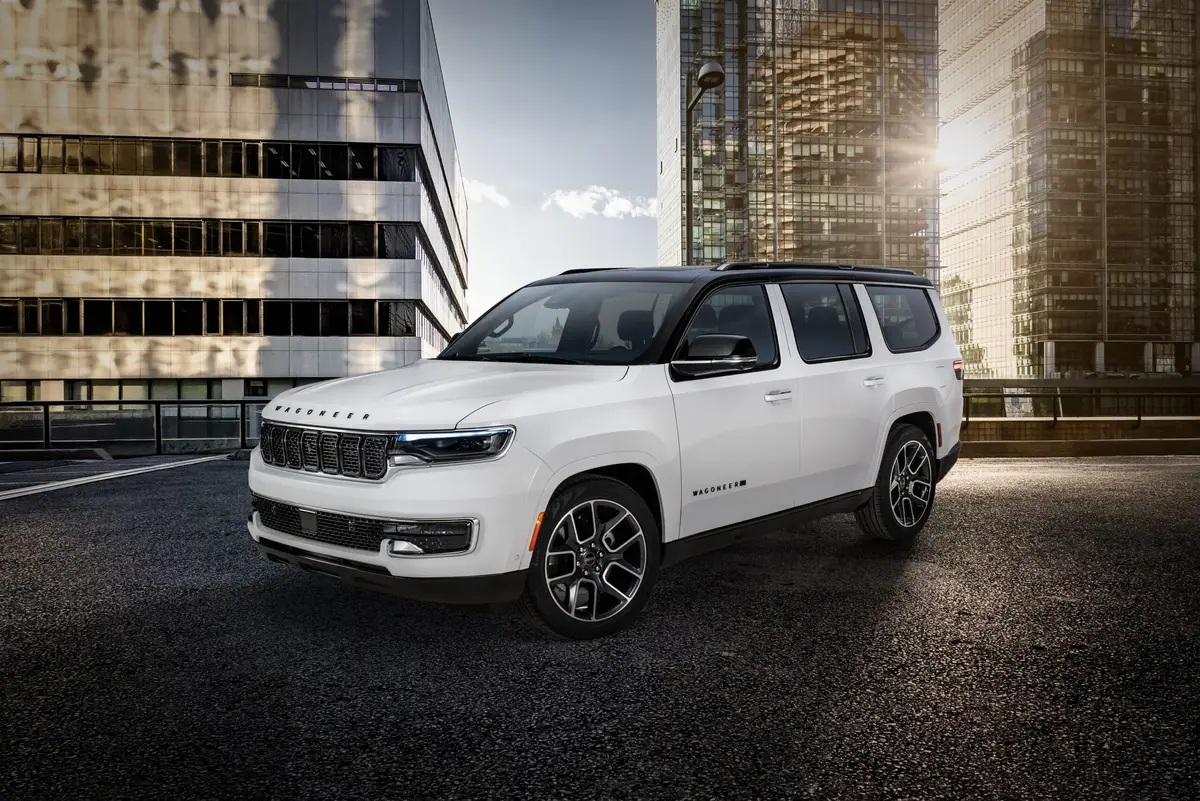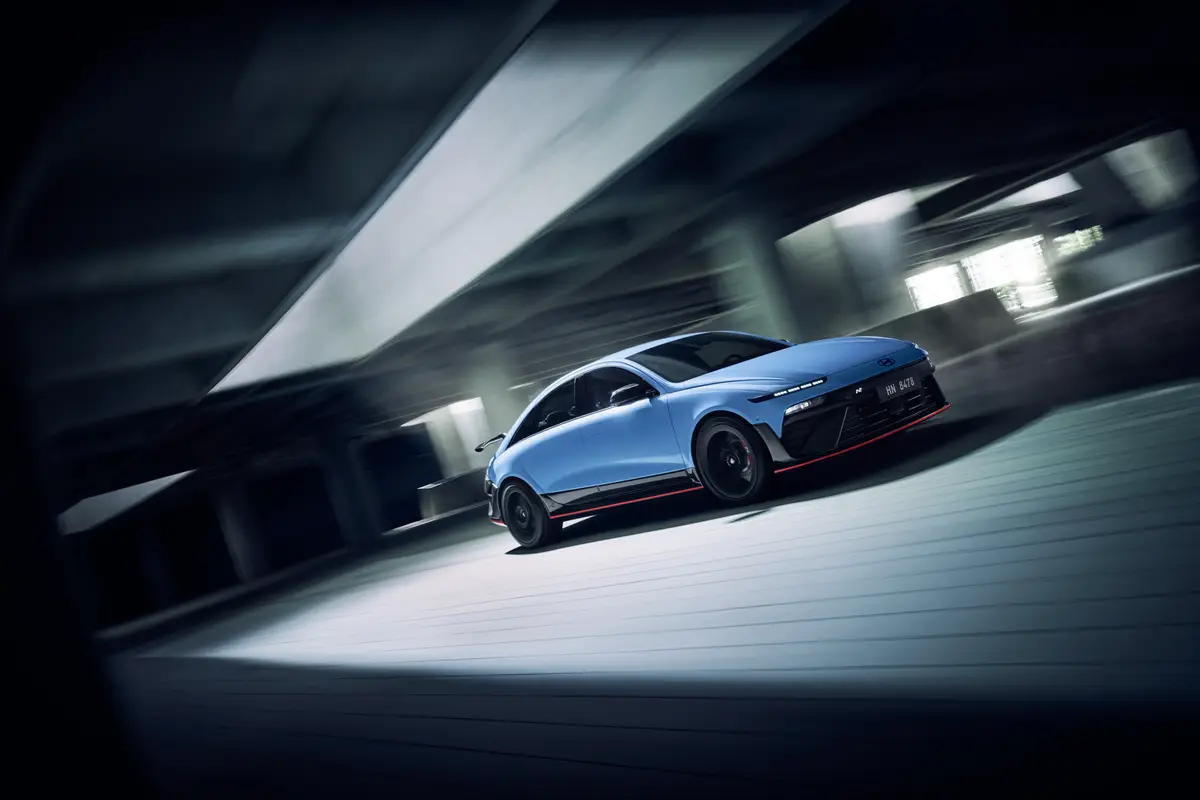chicagotribune.com's view
This is a test: Name three Mazda vehicles.
Easy, you say. Miata.
OK, name a second.
Hmm. Hmm. Hmm.
Oh, the 626.
OK, name a third.
Hmm. Hmm. Hmm.
The RX-7.
Nope. It was dropped from Mazda’s U.S. lineup after the 1995 model year. (Reportedly it will be back for the 2001 model year after Mazda gives it a sneak peek at the 1999 Tokyo Motor Show.) So, guess again.
Hmm.
Not so easy, is it?
Other than Miata, Mazda doesn’t bring to mind images of a host of vehicles.
Mazda seems nearly a non-entity in the auto industry. About the only time you hear or read about Mazda is when Ford, its U.S. equity partner, makes another rescue overture with manpower or money.
The trouble with Mazda is no clear-cut image, no brand awareness, no technological leadership, no innovation, not to mention no sport-utility vehicle.
If you want to check your answers to the test, Mazda’s lineup consists of the Protege, 626, Millenia and Miata cars and the B-Series compact pickup truck (built by Ford off the Ranger).
What it no longer includes are the RX-7, 323, MX-3 (323 coupe), MX-6 (626 coupe), 929 and MPV.
Of those, as we said, the RX-7 is slated for a return as is the MPV, Mazda’s Multi-Purpose Vehicle or mini-van, call it what you will. It’s on hiatus for 1999, but comes back in the spring as a 2000 model after having converted to front- from rear-wheel-drive.
What the Mazda lineup also is missing is a sport-utility vehicle.
It used to get a version of the Explorer from Ford called Navajo, but only a two-door, not the more popular and better selling four-door. It was dropped after the 1994 model run.
The good news is that a sport-ute will return to Mazda showrooms after the MPV bows, in about a year, as a 2001 model.
We test drove the 1999 Protege, the automaker’s price and fuel-economy leader that has been redone for the model year.
The initial impression is that if a Protege is parked next to a Toyota Corolla and the name badges removed, 9 out of 10 folks probably couldn’t tell which was which– and the 10th would guess Honda Civic.
In the 1980s, the Big Three domestic automakers–as in General Motors, Ford and Chrysler before Chrysler said “I do” with Daimler-Benz–were relentlessly assailed for look-alike cars.
Look at the Japanese in the ’90s. Lookalikes? You’d swear the same stylist was working for all of the companies.
Between 1990-1994 Protege was built off the same platform as the Ford Escort and Mercury Tracer from its equity partner, Ford.
Between 1995-1998 Protege was built off a Mazda derived platform not shared with Escort/Tracer.
Now, for 1999, Protege has been redone again, this time built off the Capella platform from Japan, or what Mazda calls its narrow-body version of the 626 built and sold in the U.S.
What this means is that the wheelbase is a fraction of an inch longer, while overall length is a fraction of an inch shorter than the previous model. And though a version of the “narrow body” Capella sold in Japan, the cabin feels more roomy and spacious than it had in the past.
Sight lines, thanks to massive front, side and rear windows, are excellent.
Mazda boasts that the new car was designed and engineered to act like a tank to withstand impacts. Since there were no impacts in our weeklong test drive, we’ll reserve judgment.
Sharing a platform with Japanese Capella is significant. For 1999, depending on which Protege you choose, from the base DX to the LX to the top-of-the-line ES, prices have come down by $200 to $400.
Using a common and existing platform helped reduce cost and trim the sticker, though the value of the Japanese yen versus the dollar contributed as much, Mazda admits.
The DX and LX share the same 1.6-liter, 105-horsepower 4-cylinder, an engine with more spirit than the 1.5-liter, 92-h.p. 4 offered in 1998.
However, don’t expect dramatic surges off the lin e.
It isn’t until you reach third gear on the 5-speed manual that the needle springs to action.
Once you reach cruising speed, and you must have patience while you wait, the engine comes to life.
But make no mistake, this 4-cylinder was designed for mileage–29 miles per gallon city/34 m.p.g. highway–not muscle.
You can opt for a 4-speed automatic for $800, in which case the mileage rating is 26/33.
A livelier 1.8-liter, 122-h.p. 4 derived from the 2-liter that powers the 626 is offered, but only in the top-of-the-line ES that has more comfort and convenience features than the DX or LX.
Mazda should go with the 105-h.p. engine in the base DX and the 122-h.p. engine in both the LX and ES, while letting the ES comfort and convenience features serve as an upgrade from the LX.
Protege ride and handling, like performance, are more in tune with that of a high-mileage economy car.
It doesn’t help that you can get only 14-inch radial tires on the LX and have to move up to the ES to get 15-inch treads to better hold the road.
Some noteworthy features include split folding seats to allow for more cargo capacity; wide, well-padded seats with good side-bolster support and very attractive cloth coverings; a little cubby hole in the front seat center armrest to hold CDs; a cupholder with a flip cover to expand to hold 20-ounce cups; a dimpled soft vinyl dash covering that looks sufficiently dressy; and a headliner that appears to be a cross between cloth/vinyl that would allow you to clean off scuffs or dirt marks.
However, there are some aggravations, one being that to get anti-lock brakes, you must buy a $1,350 Premium package that includes glass moonroof and remote keyless entry.
Moonroof and keyless entry? How’s that for a combination that earns you the right to get ABS? And to get air conditioning, you must buy a Comfort package for $1,145 that includes floor mats.
Fortunately, we’ve been told, Mazda will offer ABS as a free-standing option after the first of the year.
No firm price yet, but expect about $550. Traction control, however, is not available.
The Protege LX we tested starts at $13,130.
Standard equipment, in addition to that already noted, includes dual front air bags, AM/FM/CD-player audio system, power steering and brakes (front discs/rear drums), power mirrors, power windows, rear-seat heater ducts, body-colored bumpers and side moldings, intermittent wipers, tilt steering, low-fuel warning lamp and cruise control.
>> 1999 Mazda Protege LX
© 1998 Chicago Tribune Wheelbase: 102.8 inches Length: 174 inches Engine: 1.6-liter, 105-h.p. 4-cylinder Transmission: 5-speed manual Fuel economy: 26 m.p.g. city/30 m.p.g. highway Base price: $13,130 Price as tested: $14,275. Includes $1,145 for comfort package with air conditioni ng and floor mats. Add $450 for freight. Pluses: Redesigned for 1999. Increased cabin room. Minuses: Looks like a Toyota Corolla. Noisy 4-cylinder. To keep base price down, everything is an option, and usually in a package, such as ABS as part of a $1,350 Premium package that includes a glass moonroof and remote keyless entry. The 1.6-liter will never be called robust. Other than Miata, Mazda vehicles lack image and brand awareness. >>
Latest news



